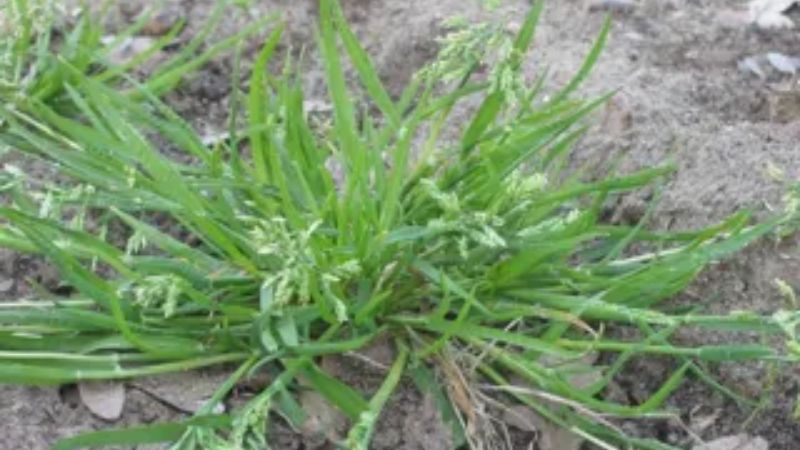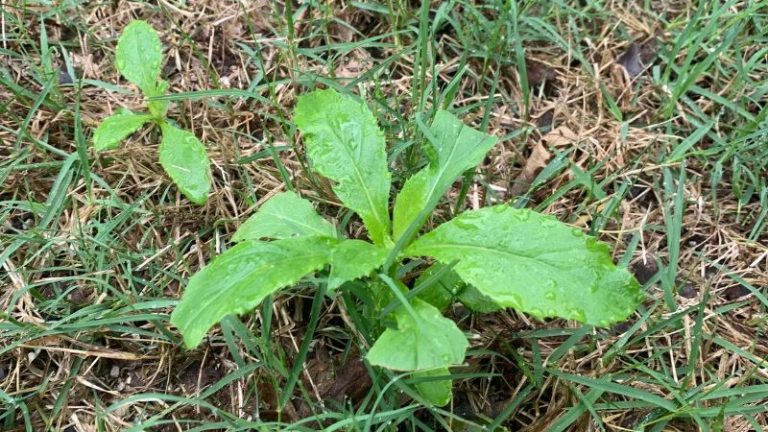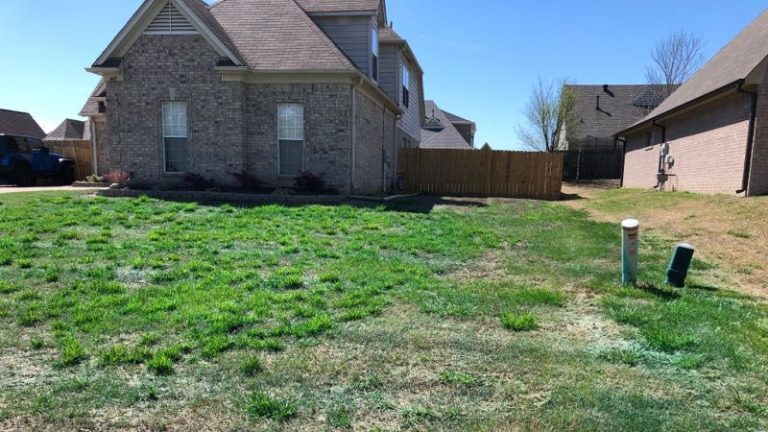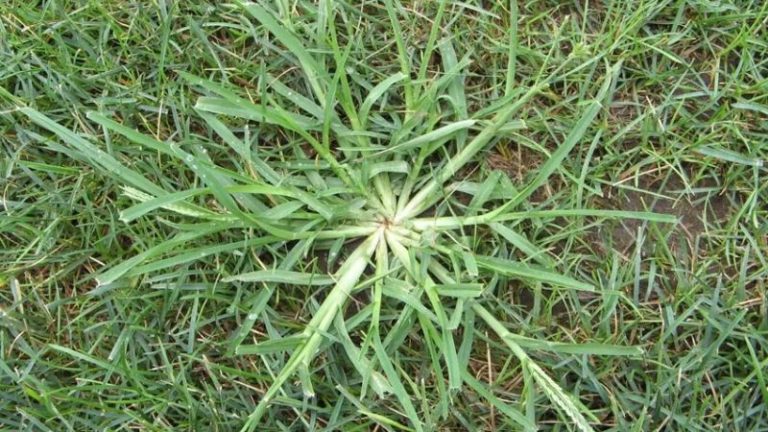Poa Annua (Annual Bluegrass) in your lawn
Lots of clients ask me about this weed that is growing in their lawn. So I wanted to share some information on it. This is called Poa annua, which is a grassy weed, that pops up every year in our Tennessee lawns. This weed has become more of an issue in the last five to six years because it is growing resistant to the chemicals available.
Poa annua is also referred to as annual bluegrass—it’s a clumping grass that sticks out due to its lime green color, thicker texture, and a seed head you’ll notice after it first develops. This seed head is what causes poa annua to spread so rapidly. The rapidly spreading nature of this weed is the reason it has become a problem year after year.
The good news is, there are ways to reduce poa annua and stop a significant problem before it starts. Here are the poa annua basics: Identifying it; how to prevent the grassy weed; and what to do if you’ve already have a poa annua problem in your lawn.
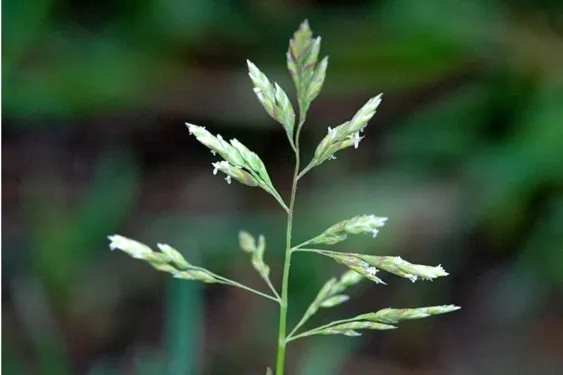
Identifying Poa Annua
Proper identification is the key to preventing and treating them. A lawn care professional can easily identify the poa annua for you.
It prefers compacted soil (the shallow roots allow it to thrive), and you’ll find it in areas of your lawn that were damaged. When your lawn has a fungus problem in summer that damages grass, those weak areas are also prime targets for the poa annua.
We notice poa annua in warm-season grasses like Bermuda, it appears in winter when the grass goes dormant.
Preventing Poa Annua
Poa annua can be a challenge to control because it grows quickly. And in our area, there’s no “perfect grass” that grows year-round, most lawns in our area are warm-season grass, there’s a short period of dormancy. When grass is weak, thin or damaged, it is more susceptible to disease and weeds like poa annua. Also, shady areas that have been overwatered can be prime breeding grounds for poa annua because its shallow roots soak up moisture on the surface. (If you water deeply and less frequently, the weed’s roots will not reach down into the soil to “feed.”) So, keep an eye on irrigation system issues where an area of your lawn might be getting too much water.
The best way to control poa annua is to prevent it from growing in the first place. There are two methods of preventing poa annua depending on your grass type.
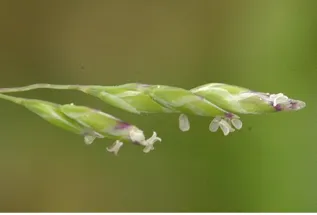
Warm-Season Poa Annua Prevention: We believe there are two germination periods now for poa annua—one in early fall and the other in early winter. During both of these times, our grasses are “taking a break” after a hot summer, and probably in the condition of requiring some repair. To protect warm-season grasses, preventive poa annua treatment should be laid down in between September and November to prevent weed germination through winter.
The best prevention is a thick, healthy lawn that does not allow room for weeds to take root. Proper mowing and a lawn care program that addresses plant health and disease control will go a long way towards stopping poa annua from developing.
Treating Poa Annua After It Appears
If your lawn already has poa annua, you can still do something to treat the weed. And it is wise to treat it, because once poa annua dies out, you’ll end up with bare spots in your grass. (These bare spots then become targets for poa annua to grow once again, since the weed likes to fill in weak areas of the lawn.)
There is a limited selection of poa annua control products on the market—which is why we prefer preventive treatment.
That said, herbicides are used to address poa annua. A lawn can be spot treated in problem areas. Otherwise, herbicides should be applied when warm-season grasses are dormant to ensure that healthy grass is not affected.
Because poa annua is a diverse species, some types might be more easily treated than others. (One herbicide might work for some poa annua, while it is less effective on other strains.)
Treating poa annua requires diligence and a professional who will properly apply products at the right time to preserve healthy lawn while attacking weeds.
A Healthy Lawn Is The Best Way To Prevent Poa Annua
Weeds move in when there’s “space” in your lawn. So, you’re more likely to have a problem with poa annua in your lawn if it has a fungal presence during the summer, or it has dead or dying spots because of heat pressure, or is otherwise unhealthy.
At Mid-South Turf Professionals, we focus on proper lawn care that naturally prevent weeds and disease from developing. And, our lawn care program includes poa annua prevention since we know that it is a problem here in the Mid-South Area. Proper identification, prevention and treatment of poa annua on a yearly basis will keep your property mostly free from this unsightly grassy weed.
For more information give us a call at (901) 494-9088 and we would be happy to assist you.

